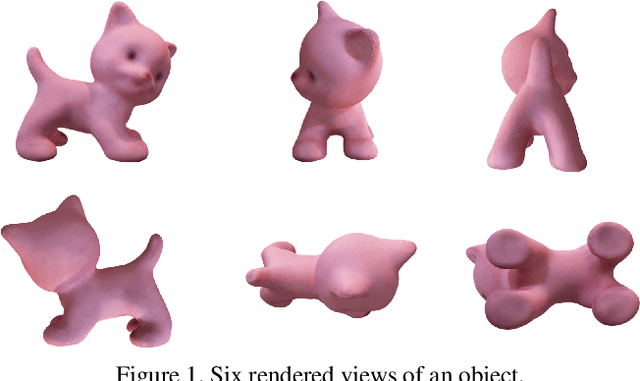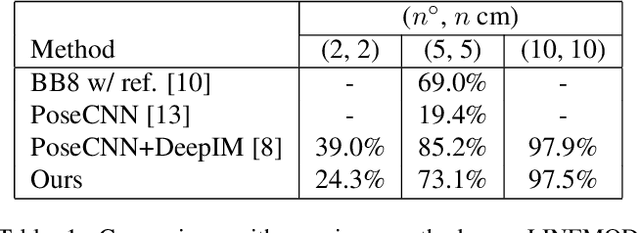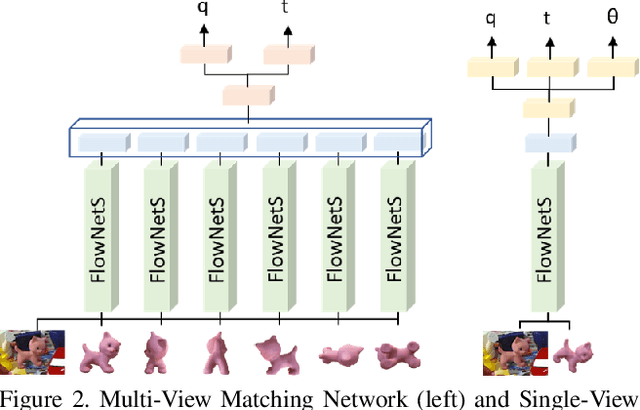Jianhang Chen
Uncovering What, Why and How: A Comprehensive Benchmark for Causation Understanding of Video Anomaly
Apr 30, 2024



Abstract:Video anomaly understanding (VAU) aims to automatically comprehend unusual occurrences in videos, thereby enabling various applications such as traffic surveillance and industrial manufacturing. While existing VAU benchmarks primarily concentrate on anomaly detection and localization, our focus is on more practicality, prompting us to raise the following crucial questions: "what anomaly occurred?", "why did it happen?", and "how severe is this abnormal event?". In pursuit of these answers, we present a comprehensive benchmark for Causation Understanding of Video Anomaly (CUVA). Specifically, each instance of the proposed benchmark involves three sets of human annotations to indicate the "what", "why" and "how" of an anomaly, including 1) anomaly type, start and end times, and event descriptions, 2) natural language explanations for the cause of an anomaly, and 3) free text reflecting the effect of the abnormality. In addition, we also introduce MMEval, a novel evaluation metric designed to better align with human preferences for CUVA, facilitating the measurement of existing LLMs in comprehending the underlying cause and corresponding effect of video anomalies. Finally, we propose a novel prompt-based method that can serve as a baseline approach for the challenging CUVA. We conduct extensive experiments to show the superiority of our evaluation metric and the prompt-based approach. Our code and dataset are available at https://github.com/fesvhtr/CUVA.
Multi-View Matching Network for 6D Pose Estimation
Nov 27, 2019



Abstract:Applications that interact with the real world such as augmented reality or robot manipulation require a good understanding of the location and pose of the surrounding objects. In this paper, we present a new approach to estimate the 6 Degree of Freedom (DoF) or 6D pose of objects from a single RGB image. Our approach can be paired with an object detection and segmentation method to estimate, refine and track the pose of the objects by matching the input image with rendered images.
 Add to Chrome
Add to Chrome Add to Firefox
Add to Firefox Add to Edge
Add to Edge